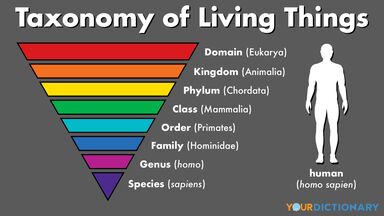Cuvier went no further than Brongniart, and, in the Regne Animal, he dropped the term Amphibia, and substituted Reptilia for it.
Latreille 6 published a new classification of the Vertebrata, which are primarily divided into Haematherma, containing the three classes of Maminifera, Monotremata and A y es; and Haemacryma, also containing three classes - Reptilia, Amphibia and Pisces.
Huxley adopted Latreille's view of the distinctness of the Amphibia, as a class of the Vertebrata, co-ordinate with the Mammalia, A y es, Reptilia and Pisces; and the same arrangement was accepted by Gegenbaur and Haeckel.
The Reptilia include II species of the crocodile, alligator and lizard, including the savage jacare of the Amazon, several species of turtle, 4 species of batrachians, and 29 species of serpents, including the striped rattlesnake (Crotalus durissus), Lachesis mutus, and a rather rare species of Cophias.
They are transparent leaf-like organisms and may often be found attached to the skin, mouth, nostrils or gills of fish; on the skin and bladder of Amphibia; and on those of certain Reptilia.
